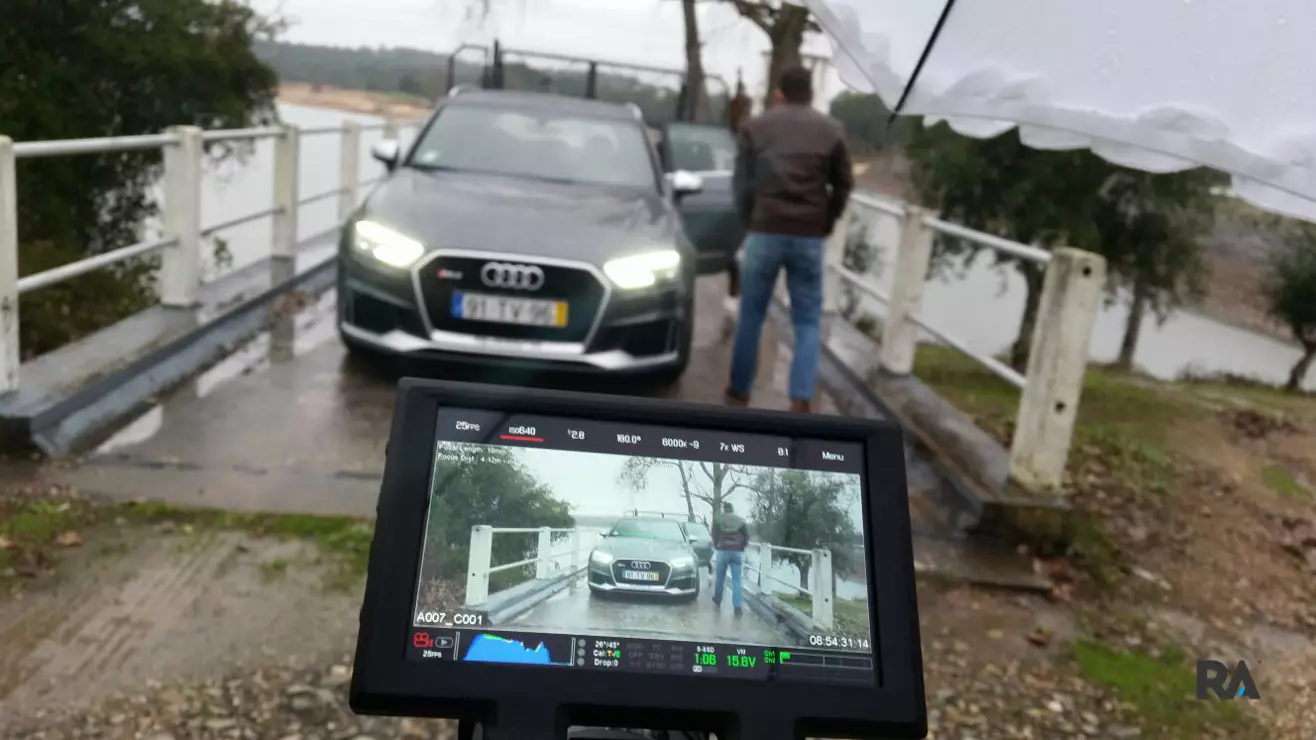This drag race, or starter test, aims to demonstrate how the introduction of the WLTP may have affected the performance of cars. To perform it, Carwow used a pair of Audi RS 3 — five-cylinder in-line, 2.5 l, turbo, delivering 400 hp and 480 Nm, four-wheel drive and seven-speed DSG gearbox.
The choice for the hot mega hatch of the rings brand is not innocent. The Audi RS 3 was the first in its segment to reach the 400 hp mark, which combined with four-wheel drive, made it a feared rival in these tests, even when placed in confrontation with machines with superior feedback.
At least that was the case until the introduction of the WLTP (Worldwide Harmonized Light Vehicle Test Procedure) in September 2018, putting an end to the lasso NEDC cycle (New European Driving Cycle).

To comply not only with the most stringent Euro6D-TEMP emission standard, but with the most stringent WLTP test cycle, Audi added a particulate filter to its penta-cylinder, and since then, the RS 3 seems to have lost out. some “lung” in this type of tests, something verified by Carwow in the many starting tests already carried out.
Subscribe to our newsletter
Is it really like that? To determine if, due to WLTP and the introduction of the particulate filter in the gasoline engine, it affected performance, Carwow assembled two Audi RS 3. The most recent, with particulate filter and its predecessor, pre-WLTP, without filter of particles. Time to take the test of nine:
After all, what was concluded? Well… a technical tie seems to be the order of the day. Despite the discrepancy in… volume between the two service drivers — Mat Watson and Yanni (from the Yiannimize channel) — even when they switch machines, the results hold.
Both Audi RS 3s perform identical or very close times in the classic 400 m of this race — between 12.4s and 12.5s — with the winner not having more than a “nose” difference or a little more considering the times of reaction.
The most interesting thing happens during the launched match — initial speed of 80 km/h. The RS 3 with the particulate filter takes the lead initially, but with the increase in speed and also in rotation — beyond 225 km/h — the RS 3 without a particulate filter seems to be in a league of its own.
Same engine, same numbers, but…
In short, the older RS 3 has better lows — better boots — and better highs, while the newer, particulate-filtered RS 3 seems to have more powerful mid-ranges.
Something that could be confirmed on the power bank — both models achieved the advertised power numbers, however, their power and torque curves tell somewhat different stories.
The “unfiltered” Audi RS 3 produces more torque on lows, but achieves a “flat spot”, or a slight plateau around 3500 rpm, something that doesn't happen in its newer “brother”. The RS 3 with particle filter doesn't start so well, but it reaches maximum torque around 4000 rpm, almost 1000 rpm less than the other RS 3, justifying its advantage in medium speeds.
At highs, you also discover why the older RS 3 manages to pull away so easily. The torque at higher regimes does not drop so sharply, and furthermore, it appears that the RS 3 with particle filter also has a slight break (flat spot) in the power curve at higher regimes, which widens the advantage of its rival on occasion.

In other words, the particle filter turns out to be one more “hinder” in the flow of exhaust gases (it generates more back pressure), which contributes to the lack of “lung” at high speeds. With the introduction of the particle filter, the re-mapping of the penta-cylindrical seems to have favored the medium-regimes (the most used engine speeds in regular use) in order to compensate for the increased breathing difficulties during highs.
Does the introduction of WLTP affect a vehicle's performance? Undoubtedly, even though, as we can see, it is possible with a new mapping to overcome some of the insufficiencies verified, guaranteeing identical performances or very close to that for the same models without the aforementioned.
